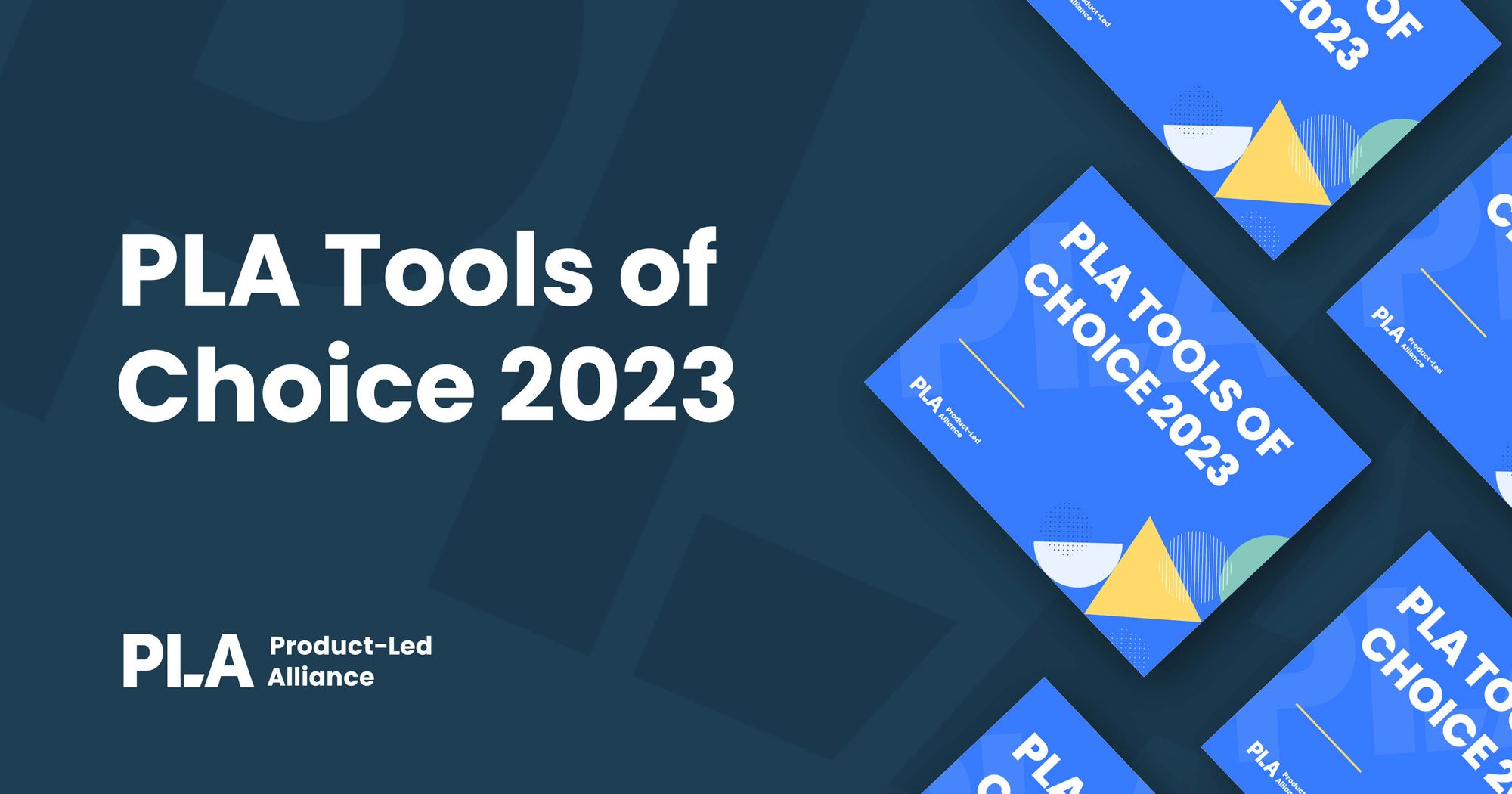
The ultimate directory of the tools enabling product-led growth for 2023 is here
We asked the PLA community to help us once again separate the magnificent tools from the mediocre and put together the definitive indispensable artillery of tools for 2023, just for you.
So which tools can really deliver what you need? Which are worthy of your time and investment? Our 2023 directory has the answers.
What are you waiting for? Dive in.👇
In it, you’ll find:
- A breakdown of 200+ tools all selected by our surveyed PMs
- 12 sections, focusing on core product management areas, including discovery, roadmapping, collaboration, product design, user tracking, engagement optimization, and more.
- Where applicable, a full breakdown of costs.
- A dedicated section crammed with expert insights from seasoned product pros on the tools to look out for this year.
Why should you use this ultimate directory of the tools enabling PLG?
- With this 2023 directory, you can choose your product tools with confidence. With an endless amount of tools out there, from streamlining roadmaps to facilitating customer feedback, it can be tricky to understand which ones actually deliver. Cut out the noise and streamline your decision-making process with our report. 👌
- Our list was created from the opinions of surveyed PMs from the PLA community, so you can be sure everything in it is fit for purpose. 🤓
- Sifting through pages upon pages of search results for the same tool can be tiring, to say the least. So, we did the hard bit for you to shave invaluable time off your research process. ⏰
- Where applicable, we’ve provided a detailed breakdown of costs to a) save you toggling between tabs and b) enable an instant affordability check. ✔️
- Wanna know what tools are gonna be hot this year? We got the experts to weigh in with their insights, so you know what to look out for. 💡


 Follow us on LinkedIn
Follow us on LinkedIn



